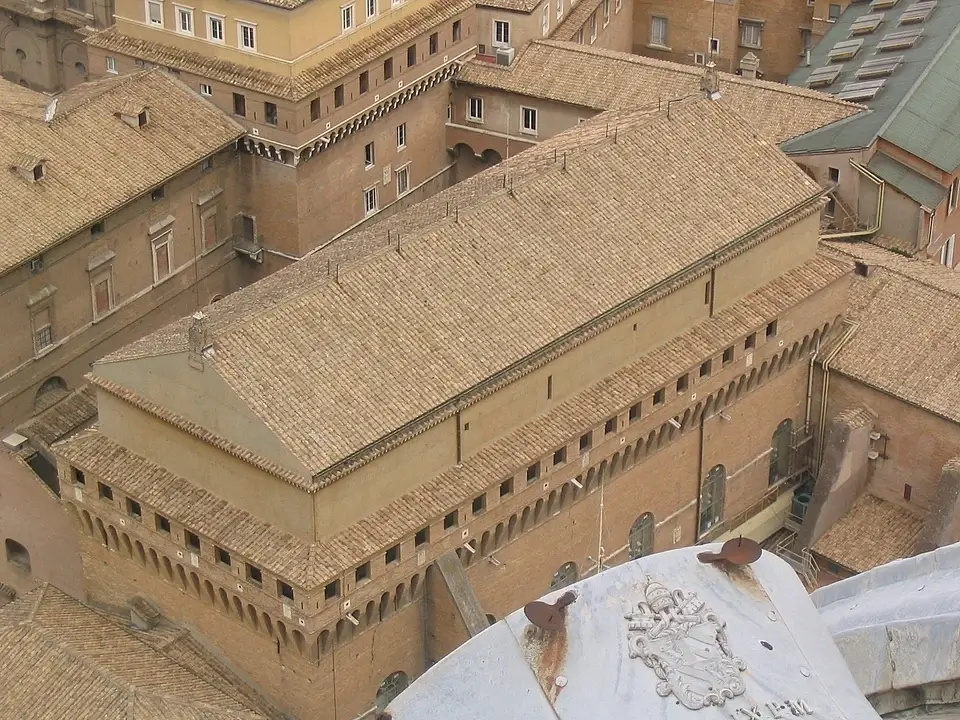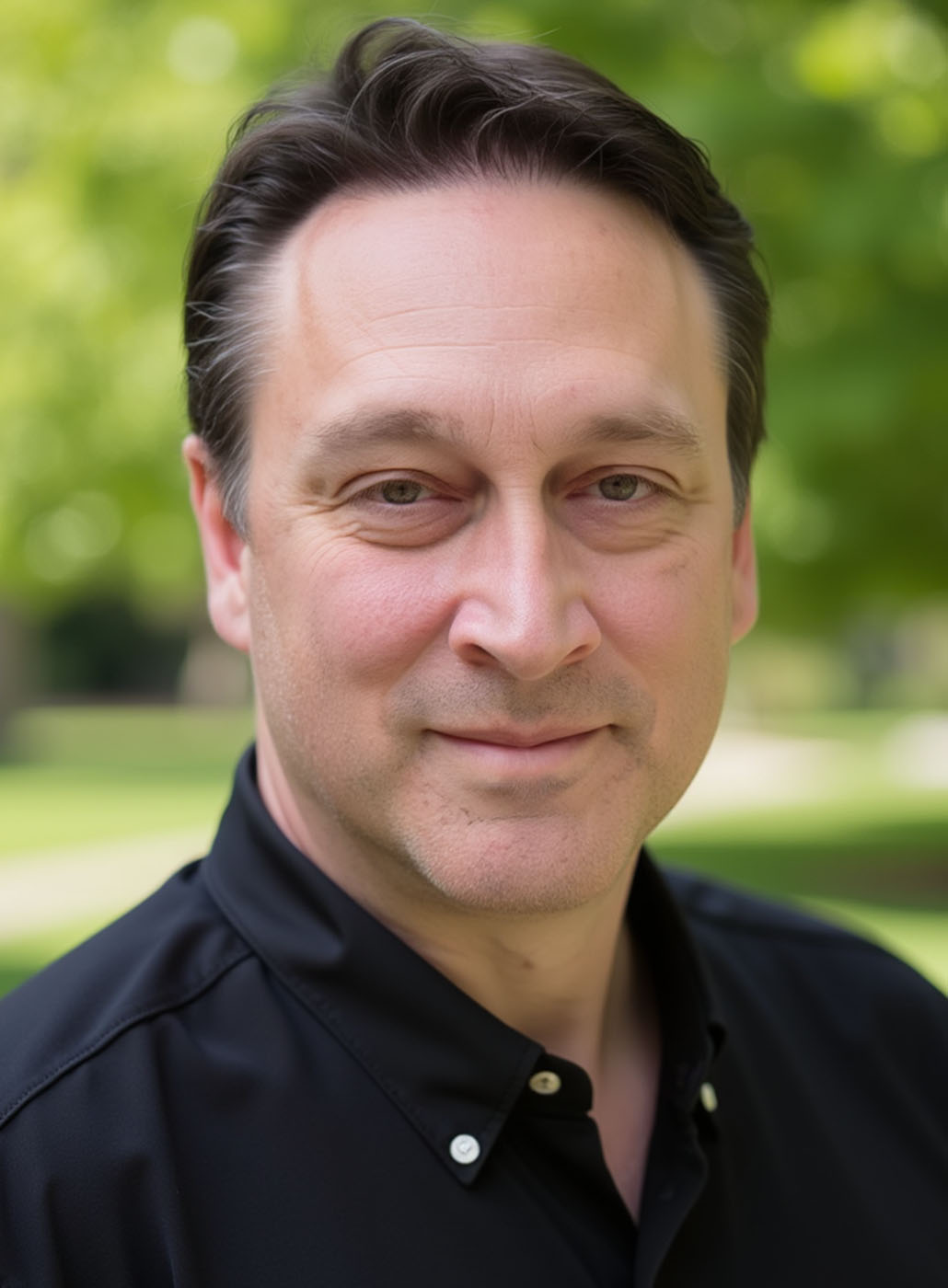
The world awoke to solemn news on Monday morning as the Vatican announced the death of Pope Francis at the age of 88, bringing to a close a remarkable pontificate that began in March 2013. His passing, which came just a day after he delivered his Easter Sunday blessing to thousands gathered at St. Peter's Square, marks the beginning of an ancient and elaborate transition process that will culminate in the selection of the 267th leader of the Roman Catholic Church.
The Final Days of Pope Francis
Despite recent health challenges, including hospitalization for double pneumonia in March, Pope Francis had maintained his dedication to papal duties until the very end. In what would become his final public appearance, the pontiff spent 50 minutes touring through the Easter Sunday crowd in St. Peter's Square, blessing children and receiving support from the faithful. Earlier that same day, he held a private meeting with U.S. Vice President JD Vance amidst ongoing discussions about immigration policies.
Throughout his pontificate, which began in 2013 when he became the first Latin American pope in history, Francis was known for his compassionate approach to leadership, his focus on social justice issues, and his efforts to reform Vatican institutions. His passing has triggered an outpouring of condolences from world leaders and the faithful alike, with many highlighting his unwavering commitment to serving the marginalized.
The Sede Vacante Period
With the pope's death officially verified by Cardinal Kevin Farrell, the Irish-American camerlengo (chamberlain), the Church enters what is known as the "sede vacante" or "empty chair" period. During this time, the ordinary affairs of the 1.4 billion-member Catholic Church continue under the leadership of the camerlengo, though no major decisions affecting Church doctrine or administration can be made.
According to Vatican tradition, a nine-day mourning period known as the "novemdiales" now begins. Pope Francis's funeral is expected to be held between the fourth and sixth day after his death, allowing time for dignitaries and the faithful from around the world to travel to Rome. Unlike many of his predecessors who were buried in the Vatican crypts, Pope Francis requested in 2024 to be laid to rest in Rome's St. Mary Major Basilica, to be near his favorite icon of the Madonna, and in a simple wooden casket rather than the traditional triple-nested caskets of cypress, lead, and oak.
Summoning the Cardinal Electors
As funeral preparations unfold, the Church simultaneously begins the process of summoning all eligible cardinal electors to Rome for the conclave that will select the next pope. According to current Vatican law established by Pope Paul VI in 1970 and maintained by subsequent popes, only cardinals under the age of 80 are permitted to participate in this election.
Currently, there are 138 cardinal electors eligible to participate in the upcoming conclave, making it potentially the largest in Church history. These cardinals represent the global diversity of the Catholic Church, with a significant number coming from outside Europe—a shift accelerated during Pope Francis's tenure, when he appointed more non-European cardinals than any previous pontiff.
The conclave typically begins between 15 and 20 days after a pope's death. This interval allows for the proper observance of funeral rites, the completion of the nine-day mourning period, and sufficient time for cardinals to travel from around the world to Vatican City. The 2013 conclave that elected Pope Francis began just 12 days after Benedict XVI's resignation, though circumstances may differ for this upcoming election.
The Sacred Conclave
The word "conclave" derives from the Latin "cum clave," meaning "with a key," referring to the historical practice of locking the cardinals inside until they reached a decision. While physical locks are no longer used, the concept of sequestration remains fundamental to the process.
When the cardinals gather for the conclave, they will reside in the Domus Sanctae Marthae, often described as a modest three-star hotel adjacent to St. Peter's Basilica. The relatively humble accommodations are intentional, designed to focus the cardinals' minds on their solemn task rather than personal comfort.
The voting itself takes place in the Sistine Chapel, beneath Michelangelo's magnificent frescoes. After the Master of Papal Ceremonies dramatically declares "Extra omnes" ("Everyone out"), all non-electors must leave, and the chapel doors are secured. From this point forward, the cardinals are prohibited from any communication with the outside world. Electronic devices are banned, and Vatican security employs sophisticated technology to prevent both eavesdropping and unauthorized communications.
The Voting Process
The conclave begins with a single vote on the first evening. If no candidate achieves the required two-thirds majority, the cardinals will vote twice each morning and twice each afternoon on subsequent days until a pope is elected.
Each cardinal writes his choice on a special ballot paper, processes to the altar, places the folded ballot on a plate, and then tips it into a specially designed urn. The ballots are counted by selected cardinals who serve as scrutineers, and the results are announced to the conclave. If no candidate reaches the two-thirds threshold, the ballots are burned with chemical additives that produce black smoke, visible from St. Peter's Square—the traditional signal to the waiting world that no decision has been reached.
If a candidate does receive the required majority, the cardinal dean asks him whether he accepts the election and what name he wishes to take as pope. Upon accepting, the new pontiff immediately becomes the Bishop of Rome and leader of the worldwide Catholic Church. The ballots from this final, successful vote are burned with chemicals that produce white smoke, announcing to the world that a new pope has been chosen.
Shortly thereafter, the senior cardinal deacon—known as the protodeacon—appears on the central balcony of St. Peter's Basilica to make the famous proclamation: "Habemus Papam!" ("We have a Pope!"). He then announces the new pope's birth name and the papal name he has chosen before the new pontiff emerges to deliver his first blessing to the city of Rome and the world (Urbi et Orbi).
Potential Successors
While the Church discourages overt speculation about potential successors while a pope is still living, several cardinals are already being mentioned as possible candidates—known in Italian as "papabili" or "pope-able" ones.
Among those frequently mentioned are Cardinal Pietro Parolin of Italy, the Vatican's Secretary of State who is known for his diplomatic skills; Cardinal Luis Antonio Tagle from the Philippines, who combines theological depth with pastoral warmth and would represent a continuation of the Church's growing focus on Asia; Cardinal Peter Turkson from Ghana, who would be the first African pope in modern times; and Cardinal Peter Erdő of Hungary, seen as a bridge-builder between Eastern and Western Christianity.
Other names appearing in discussions include Cardinal Matteo Zuppi of Italy, the archbishop of Bologna; Cardinal Robert Sarah of Guinea, known for his conservative theological positions; and Cardinal Mario Grech of Malta, who has worked closely with Pope Francis on synodal reforms.
It's worth noting, however, that conclaves often produce surprising results. As the saying goes, "He who enters the conclave as pope leaves as a cardinal"—meaning that front-runners rarely win. The elections of John XXIII in 1958, John Paul I and John Paul II in 1978, and Francis himself in 2013 all surprised Vatican watchers.
Historical Context and Future Challenges
The upcoming conclave occurs at a pivotal moment for the Catholic Church. Pope Francis's 12-year pontificate has been characterized by efforts to reform Vatican governance, promote a more decentralized approach to Church leadership, and emphasize the Church's role in addressing social injustice and environmental concerns. His successor will inherit both these initiatives and the tensions they have sometimes generated within the Church.
The new pope will face significant challenges, including ongoing efforts to address clerical sexual abuse, declining religious participation in traditional Catholic strongholds like Europe and North America, growth in the Global South, and internal debates about how the Church should engage with contemporary social and cultural changes.
The selection will also determine whether Francis's reforms continue, accelerate, or face reconsideration. His appointments have significantly reshaped the College of Cardinals, with a greater representation of the Global South and generally more pastorally-oriented prelates. Yet the secret nature of the conclave and the influence of the Holy Spirit in the process make any prediction inherently uncertain.
A Church at a Crossroads
As the Catholic Church mourns Pope Francis and prepares for this momentous transition, the entire process reflects the institution's unique blend of ancient tradition and contemporary relevance. The conclaves that select popes have evolved over nearly two millennia, yet they maintain essential elements that connect today's Church to its earliest foundations.
The rituals surrounding a papal transition—from the solemn verification of death to the dramatic emergence of a new pope on the balcony of St. Peter's—speak to the Catholic understanding of continuity amid change. While popes come and go, the office itself represents an unbroken line of succession that Catholics trace back to St. Peter himself.
As white smoke eventually rises from the Sistine Chapel in the coming weeks, it will signal not just the selection of a new religious leader but the continuation of one of humanity's oldest continuous institutions. In a world of rapid change and disruption, the ancient rhythms of papal succession offer a reminder of traditions that transcend individual lifetimes and connect generations of believers across time.






